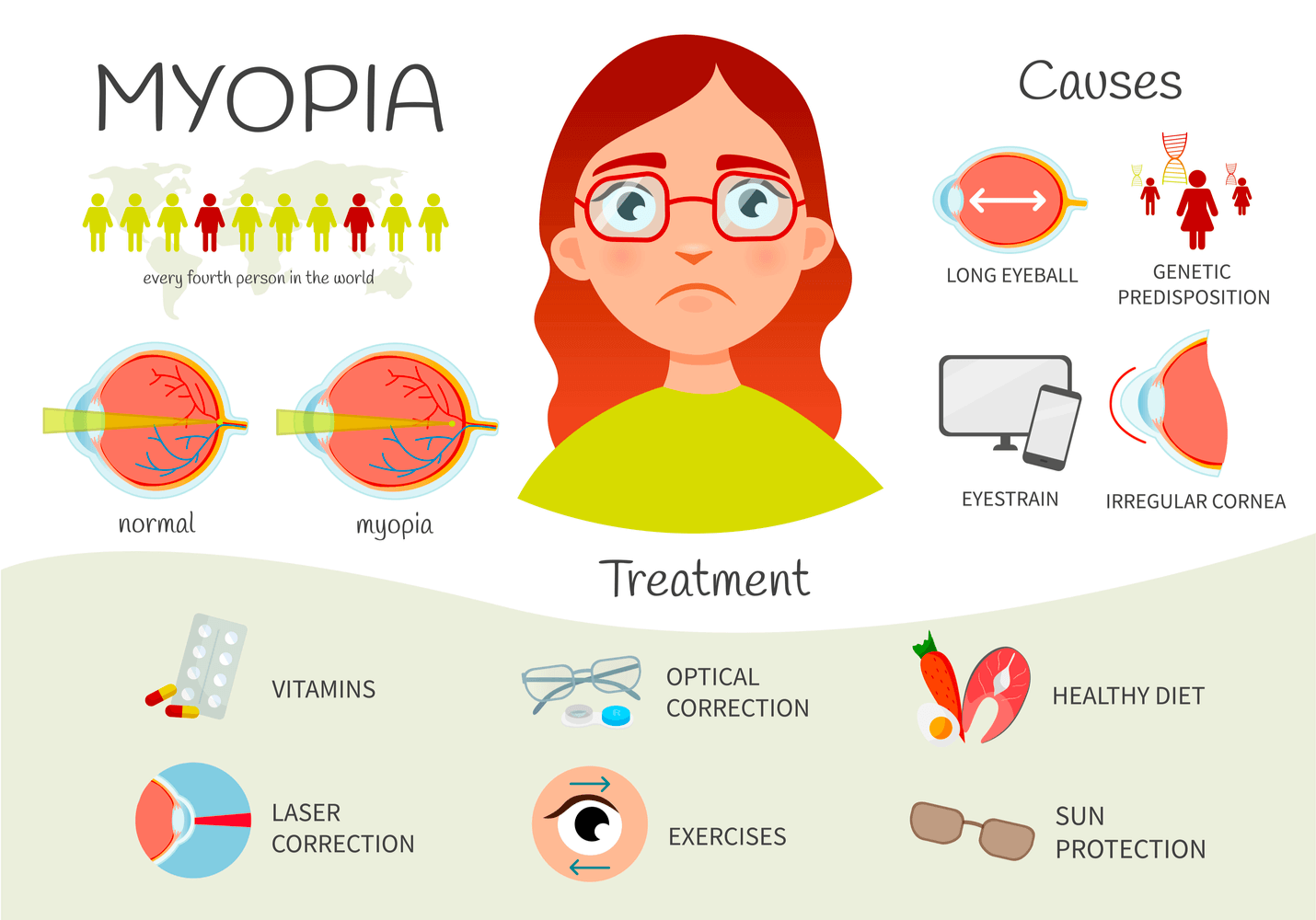
introduce
The first year of life is characterized by rapid developmental changes related to eating. As babies gain torso control, they go from sucking liquids in a supine or semi-recumbent position to eating solid food while sitting. Oral motor skills have evolved from the basic sucking mechanism of breast milk or formula milk to a semi-solid chewing and swallowing mechanism, and then to complex textures. As babies gain good motor control, they go from being completely fed by other people to at least partially self-feeding. Their diet ranges from breast milk or formula milk, through fruit purees and special foods, to family diets . By the end of the first year of life, children can sit independently, can chew and swallow a variety of textures, learn to feed themselves, and are transitioning to family diets and dietary patterns.
As children transition to family diets, the recommendations involve not only food, but also the eating environment. A variety of healthy foods promote diet quality, as well as early and continuous food acceptance. Collected data on infants and young children from 6 to 23 months of age in 11 countries, showing that there is a positive correlation between dietary types and nutritional status. Exposure to fruits and vegetables in infancy and early childhood is related to the acceptance of these foods in later life.
Children’s eating habits and food preferences are established early in life. When a child refuses to eat nutritious foods such as fruits or vegetables, the meal time will become tense or confrontational, and the child may be deprived of the nutrients they need and the health of the caregiver, and react quickly. Inexperienced or stressed caregivers and caregivers with poor eating habits may most need help to promote healthy, nutritious mealtime behaviors with their children.
Subject
Problems related to eating occur in 25% to 45% of all children, especially when children acquire new skills and are challenged by new food or mealtime expectations. For example, infancy and early childhood are characterized by autonomy and independence when children strive to do things on their own. When these characteristics apply to eating behaviors, children may be newborns (hesitant to try new foods) and insist on food restrictions, leading to them being described as picky eaters.
Most dietary problems are temporary and easily resolved with little or no intervention. However, persistent dietary problems can disrupt the growth, development, and relationship with caregivers of children, leading to long-term health and development problems. Children with persistent eating problems, if the problem becomes serious, caregivers will not seek professional advice and may have growth or behavior problems.
problem
The eating pattern has developmental, family and environmental influences. As children develop their transition to family food, their internal regulatory clues to hunger and satiety may be covered by family and cultural patterns. At the family level, children of caregivers who take care of healthy food intake may consume more fruits and vegetables than children of caregivers who do not, while children who take care of healthy snack foods may develop eating behavior patterns and food preferences , Including excess fat and sugar. At the environmental level, children often come into contact with fast food and other restaurants, leading to increased consumption of high-fat foods (such as French fries) instead of more nutritious foods such as fruits and vegetables. In addition, caregivers may not realize that many products sold for children, such as sweetened beverages, can satisfy hunger or thirst, but provide extremely low nutritional value.
National surveys report that excessive calorie intake during early childhood, and many children continue to consume surprisingly small amounts of fruits and vegetables as well as essential micronutrients. By the elementary school, many children consume more than half of their sweet drinks. This pattern undoubtedly started in the early childhood and preschool stages. These patterns of poor nutrition (high fat, sugar, and refined carbohydrates; sweetened beverages; and limited fruits and vegetables) increase the likelihood of micronutrient deficiencies (such as iron deficiency anemia) and weight gain in young children.
Research Background
Eating is usually studied through observational studies or nurses’ reports on mealtime behavior. Some researchers rely on clinical samples of children with growth or eating problems, while others recruit standardized children.
Main research questions
Key questions include the progression of eating behavior from infancy to early childhood, the methods children use to indicate hunger and fullness, and why some children (so-called “picky eaters”) have selective food preferences. The key issues for caregivers and families are how to promote healthy eating behaviors for young children, how to encourage children to eat healthy foods, and how to avoid feeding and growth problems.
Latest research results
Attachment and diet
Healthy eating behaviors begin in infancy, because babies and their caregivers have established a partnership in which they can recognize and interpret verbal and non-verbal communication signals between each other. This reciprocal process forms the basis of the emotional connection or attachment between the infant and the caregiver, which is essential for healthy social functions. If the communication between children and caregivers interrupt, which is characterized by inconsistency, no response interaction, then the attachment relationship may not be safe , but food could be disturbing to non-food battle of.
Infants who fail to provide clear signals to caregivers or who fail to respond to caregivers’ efforts to help them establish predictable diet, sleep, and play programs are at risk of regulatory issues that may include eating. Premature infants or sick infants may be less responsive than healthy full-term infants and cannot communicate feelings of hunger or fullness. Caregivers who don’t know babies’ fullness may overfeed them, causing babies to associate fullness with depression and conflict.
Caregiver – the background of child feeding
Caregiver-Changes in the feeding environment of children are related to the eating behavior and growth of children. Parental structure and developed dimensions, which include parents’ perceptions of their children’s behavior, have been applied to the feeding context (Figure 1). Reactive feeding reflects a reciprocal model in which caregivers provide guidance and develop appropriate responses to their children’s hunger and fullness. Unresponsive feeding is characterized by a lack of reciprocity between the caregiver and the child, usually characterized by the caregiver’s excessive control of the feeding environment (forced/pressurized or restricted food intake), and the child’s control of the feeding environment (for example, requiring limited repertoires) ) Food, indulgent feeding), or the caregiver ignores the child’s signal or fails to establish a meal time (no feeding required).
Figure 1. Caregiver – Child Feeding Background: Patterns of Parenting and Feeding
Feedback-feeding methods, high-level parenting and structure, derivatives of authoritative parenting, representing caregivers who establish relationships with children, involving clear requirements and mutual interpretation of signals, and interactive bidding during meals. Reactive feeding is characterized by rapid interaction, depending on the child’s behavior and development, and is easy to give and receive.
Controlled feeding methods, high structure and low nurturing, represent caregivers who use strong or restrictive strategies to control meal times. Controlled feeding is embedded in the overall authoritarian parenting model and may include over-stimulating behaviors such as speaking loudly, forcing food, or suppressing the child in other ways. Controlling caregivers may go beyond the child’s internal regulatory cues about hunger and satiety. In order to cope with family and cultural patterns, babies must self-regulate their innate ability to consume energy in their early childhood.
An indulgent feeding method, a high degree of nurturing and a low structure, embedded in an overall indulgent nurturing method, and occurs when the caregiver allows children to make decisions around meals, when and what they will eat. Without parental guidelines, children may be attracted to high-salt/high-sugar foods rather than more balanced varieties including vegetables. Therefore, indulgent feeding styles can be problematic, because babies are genetically inclined to prefer sweet and salty tastes. The children of caregivers who show indulgent feeding methods tend to be heavier than the children of caregivers who use non-indulgent feeding methods.
An unaffected feeding method, with low nurturing and structure, often represents a caregiver who has limited knowledge and participation in the child’s mealtime behavior. Children’s feeding methods that are not involved may manifest as little or no active physical help or speech during feeding, lack of reciprocity between caregivers and children, negative feeding environment, and lack of feeding structure or routines. Irrelevant feeders often ignore the advice of feeding their children and their young children’s feelings of hunger and fullness, and may not know what or when their children eat. The Egeland and Sroufe study found that children who are not involved or psychologically unable to get a caregiver are more likely to be anxiously attached than children whose caregivers are available. An uninfluenced feeding method is embedded in the overall uninfluenced nurturing method.
Several recent systematic reviews have reported an association between parental feeding control and infant and early childhood weight gain and/or weight status. Controlled feeding is associated with weight gain (for example, children of caregivers who use restrictive feeding practices tend to overeat) and reduced weight gain (for example, children who are stressed to eat more, not). However, the cross-sectional design of most studies and the tendency to rely entirely on caregiver behavior rather than considering the mutuality of feeding interactions hinders the understanding of caregiver-child feeding interactions. A recent randomized controlled trial in Australian infants found that providing expected guidance on infant feeding behavior can lead to healthier weight gain and higher self-reported reactive feeding behavior. 36 Additional experiments are needed to better understand strategies that promote healthy feeding interactions and healthy growth.
Food preference
Work with caregivers to raise children with healthy eating behaviors, such as a diet rich in fruits and vegetables, and establish food preferences including fruits and vegetables.
Food preferences are also affected by related conditions. Children may avoid foods associated with unpleasant physical symptoms such as nausea or pain. They can also avoid foods related to anxiety or pain that often occur in meals that are characterized by quarrels and confrontations.
Children also accept or reject food based on the quality of the food, such as taste, texture, smell, temperature or appearance, and environmental factors such as the environment, the presence of others, and the expected consequences of eating or not eating. For example, the consequences of eating may include alleviation of hunger, participation in social functions or caregiver attention. Consequences of not eating may include extra game time, being the center of attention or getting snacks instead of regular meals.
More and more familiarity with the taste of food will increase the likelihood of acceptance. Nursing staff can promote the introduction of new foods by matching new foods with preferred foods and repeatedly displaying the new foods until it is no longer a “new food”.
in conclusion
Based on internal supervision clues, caregiver-child interactions, mealtime routines, food provided and family members modelling, establish eating patterns early in life. Exposing children to fruits and vegetables early in life establishes patterns of fruit and vegetable preferences and consumption throughout their lives. Research is needed to investigate caregivers – individuals, interactions and environmental determinants in the child’s feeding environment, the relationship between responsive/non-responsive feeding and children’s eating behavior and weight gain, and the measurement of responsive/non-responsive feeding Group-specific verification tool.
Young children’s eating behavior is heavily influenced by their caregivers, and they learn from early food and eating experience. The education and support provided by health professionals (i.e., public health nurses, family doctors, and pediatricians) and nutrition programs need to be strengthened to ensure that caregivers have the facilities needed to solve childhood eating behavior problems.
The caregiver should eat with the child so that it can be styling and treat the meal time as a pleasant social occasion. Eating together allows children to watch caregivers try new foods, help children and caregivers communicate hunger and fullness, and enjoy certain foods.
The nursing staff controls the food provided and the atmosphere of the meal time. Their “job” is to ensure that healthy food is provided to children on a predictable schedule in a pleasant environment. By developing meal times, caregivers help children learn to predict when they will eat. Children know that hunger will be relieved quickly, and there is no need to feel anxious or irritable. Children should not eat grass or food all day, so they will have expectations and appetites during meal times.
Meal time should be pleasant and family-oriented, with family members eating together and sharing the day’s activities. If the meal time is too short (less than 10 minutes), the child may not have enough time to eat, especially when they acquire self-feeding skills and may eat slowly. Or, it is often difficult for children to sit for more than 20 or 30 minutes, and mealtimes may become disgusting.
When meals are characterized by television, family quarrels, or competitive activities, children may have difficulty concentrating on eating. Caregivers should separate meal time from play time, and avoid using toys, games or TV to distract children during meals. Child-oriented equipment, such as high chairs, bibs and small utensils, can promote eating and enable children to acquire self-sufficiency skills.
Enlightenment
Meaning can target the environment, family, and personal level. In terms of the environment, encouraging fast food restaurants and other restaurants to also provide healthy and delicious food choices. Attracting young children can reduce children’s repeated exposure to high-fat foods, such as French fries, instead of nutritional choices such as fruits and vegetables. At the family level, children’s nutrition guidelines should include information about their nutritional needs and strategies to promote healthy eating behaviors, including identifying children’s hunger and fullness, using appropriate feeding interactions, allocating meal times, and arranging meals in a relatively consistent manner Second, through modeling to promote new food, to avoid stress and conflict during the meal. At the personal level, plans to help children develop healthy eating patterns by eating nutritious foods and diets to satisfy hunger rather than satisfying emotional needs can prevent subsequent health and development problems.














